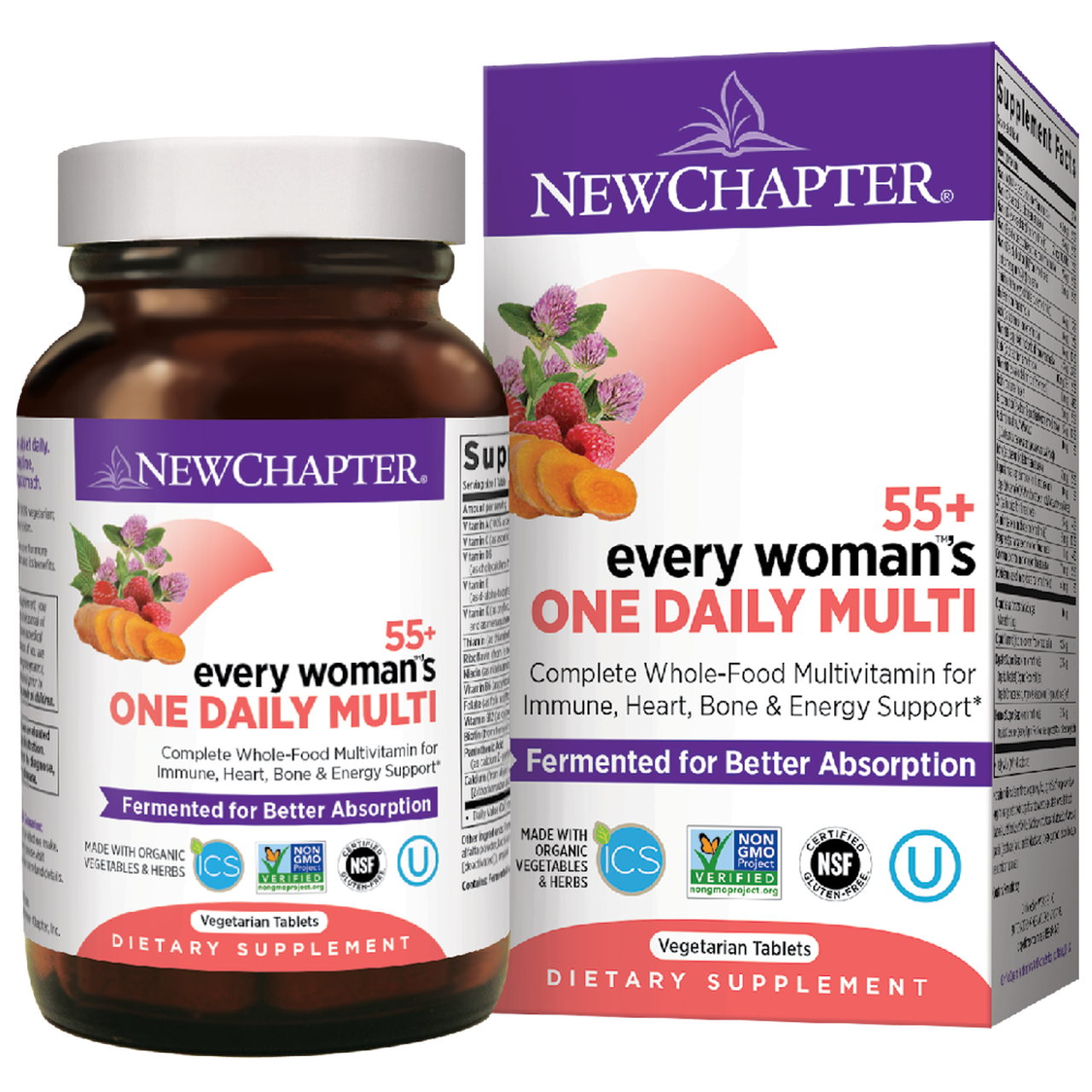Japanese Green Tea Powder: Unveiling the Elixir of Serenity and Health
In the bustling world we live in, finding moments of calm and well-being is a cherished pursuit. Enter Japanese Green Tea Powder, a centuries-old tradition that has evolved into a global phenomenon. This article delves into the rich tapestry of Japanese Green Tea Powder, exploring its history, health benefits, culinary applications, and the sustainable practices behind its production.
History and Tradition of Matcha
To truly understand Japanese Green Tea Powder, we must first immerse ourselves in its historical roots. Originating in China, green tea made its way to Japan in the 12th century, bringing with it the Zen Buddhist monks who incorporated it into their meditation practices. Over time, a unique tea culture emerged, culminating in the revered Matcha, a powdered green tea integral to the traditional Japanese tea ceremony.
Types of Japanese Green Tea Powder
Not all green tea powders are created equal. Sencha, Gyokuro, and Matcha are the three main types, each with its own distinct flavor profile and preparation method. While Sencha and Gyokuro are steeped like conventional teas, Matcha takes center stage in a meticulous and beautiful tea ceremony.
The Art of Preparing Matcha
Delving deeper into Matcha, we unravel the intricacies of its preparation. The traditional Japanese tea ceremony is a dance of precision and mindfulness, involving specific tools like the bamboo whisk (chasen) and ceramic bowl (chawan). This section demystifies the process, inviting readers to embrace the artistry of Matcha preparation.
Health Benefits of Japanese Green Tea Powder
Beyond its cultural significance, Japanese Green Tea Powder offers a plethora of health benefits. Packed with antioxidants, it supports cellular health and helps combat oxidative stress. Moreover, studies suggest that Matcha can boost metabolism, aiding in weight management, and enhance cognitive function, promoting mental clarity.
Incorporating Matcha into Modern Cuisine
As the world embraces healthier lifestyle choices, the versatility of Matcha becomes apparent. From trendy Matcha lattes to innovative desserts and smoothie bowls, this section explores how Matcha has seamlessly integrated into modern culinary practices, appealing to both traditionalists and health enthusiasts.
Selecting and Storing Quality Matcha
To savor the true essence of Japanese Green Tea Powder, understanding its grades and proper storage is crucial. Readers will gain insights into different Matcha grades and practical tips on storing this delicate powder to maintain its flavor and nutritional properties.
Sustainable Practices in Matcha Production
Acknowledging the environmental impact of tea cultivation, this section sheds light on sustainable farming techniques employed in Matcha production. From eco-friendly farming practices to responsible sourcing, it explores how the industry is evolving to prioritize environmental consciousness.
Popular Brands and Where to Buy
For readers eager to experience the magic of Matcha, a curated list of popular brands and reliable sources is provided. This section acts as a guide, ensuring readers make informed choices when purchasing their Japanese Green Tea Powder.
Common Misconceptions about Japanese Green Tea Powder
Dispelling myths surrounding Matcha is essential for informed consumption. This segment addresses common misconceptions, offering clarity on its caffeine content, flavor variations, and debunking any misinformation that may cloud the true essence of Japanese Green Tea Powder.
Customer Reviews and Testimonials
To add a human touch, real-life experiences take center stage in this section. Customer reviews and testimonials provide insights into the transformative impact of Japanese Green Tea Powder, making the article relatable and trustworthy.
DIY Matcha Recipes
For the culinary enthusiasts, a collection of DIY Matcha recipes is presented. From indulgent Matcha ice cream to energy-boosting Matcha bites, readers are encouraged to bring the magic of Matcha into their kitchens, fostering a deeper connection with this green elixir.
Exploring the Global Trend of Matcha
The journey of Japanese Green Tea Powder transcends borders. This section explores its global rise in popularity, examining its cultural impact and how different regions have embraced and adapted this traditional beverage.
Future Trends in Japanese Green Tea Powder
As we peer into the future, the article examines emerging trends in Matcha production and consumption. From innovative production techniques to potential markets, readers gain a glimpse into the evolving landscape of Japanese Green Tea Powder.
Conclusion
In conclusion, Japanese Green Tea Powder is more than just a beverage; it's a journey into history, culture, and well-being. Whether you savor it in a traditional ceremony or whip up a modern Matcha creation, the essence of this powdered elixir is timeless. Embrace the tranquility and health benefits it offers, and let the green magic of Matcha become a ritual in your life.
FAQs about Japanese Green Tea Powder
- Is Matcha the same as regular green tea?
- While both come from the same plant, Camellia sinensis, Matcha is a powdered form of green tea, offering a concentrated and unique flavor.
- How does Matcha boost metabolism?
- Matcha contains catechins, particularly one called epigallocatechin gallate (EGCG), which has been shown to aid in boosting metabolism.
- Can I use Matcha in cooking other than beverages and desserts?
- Absolutely! Matcha can be incorporated into savory dishes like soups and sauces, adding a delightful depth of flavor.
- What makes Matcha lattes so popular?
- Matcha lattes offer a creamy and earthy flavor, providing a caffeine boost without the jitters often associated with coffee.
- Is all Matcha sustainably produced?
- Not necessarily. It's essential to research and choose brands that prioritize sustainable and eco-friendly practices in their production.

Unleashing the Power of Vitamin K and D: A Comprehensive Guide to Optimal Bone Health
Exploring the Vitamin Duo: K and D
In the realm of essential nutrients, vitamin K and vitamin D stand out as dynamic duo players with a profound impact on health and athletic performance. This article delves into their intricate relationship, shedding light on the lesser-known yet crucial role of vitamin K in bone health. Let's embark on a journey through the synergy of these vital vitamins.
The Crucial Role of Vitamin KMK-4
All animals convert every type of vitamin K into vitamin KMK-4. This unique characteristic sets the stage for understanding the synergistic dance between vitamin K and its counterparts. To optimize this relationship, incorporating a combination of cod liver oil, rich in vitamins A and D, and butter is a strategic move.
Vitamin K's Role in Bone Health
While calcium and vitamin D often take the spotlight in bone health discussions, vitamin K quietly plays a pivotal role. Research suggests that a deficiency in vitamin K is more common than deficiencies in other vital nutrients like magnesium, vitamin D, or vitamin B12. Understanding the importance of vitamin K becomes imperative in maintaining robust bone health.
Unlocking the Potential: Vitamin D and K Supplementation
In a quest to enrich eggs with vitamin D, K, and iron, a comprehensive study was conducted. The investigation aimed to unveil the effects of varying supplementation durations and levels of vitamin D3. This highlights the intricate balance required for optimal bone health, emphasizing the need for well-calibrated supplementation.
The Interplay of Vitamin D and K
Recent studies underscore the interconnectedness of vitamin K and vitamin D. These vitamins not only share similar qualities but also actively collaborate. Three distinct forms of vitamin K (phytoquinone, K1, and K2) add to the complexity, emphasizing the need for a nuanced understanding of their roles.
Guarding Against Toxicity: Megadoses and Health Implications
While these vitamins offer a myriad of health benefits, caution is advised against megadoses, as excessive amounts of vitamins A, E, or K can lead to toxicity. Striking the right balance is essential, and understanding the potential health risks associated with excessive supplementation is paramount.
The Therapeutic Synergy: Vitamin K and D Combined
Studies delve into the therapeutic effects of the combined use of vitamin K and D on vertebral bone mineral density in postmenopausal women. The findings underscore the potential synergy in enhancing bone health, providing valuable insights into the intricate relationship between these essential vitamins.
Synergistic Effects: Cardiovascular Health and Bone Strength
New research avenues explore the synergistic effects of vitamin K2 and vitamin D on cardiovascular health and bone strength. The interplay between these vitamins becomes increasingly crucial for maintaining healthy bones and overall well-being.
The Importance of Daily Intake
To reap the benefits of these powerhouse vitamins, consistent daily intake is key. Ensuring that your body receives adequate amounts of vitamins K and D is fundamental to supporting healthy bones throughout life.
A Holistic Approach to Bone Health
Calcium, often in the limelight for bone health, is complemented by the less-discussed but equally vital players: vitamin K and magnesium. A holistic approach that acknowledges the interdependence of these nutrients is essential for optimal bone health.
Beyond Bone Health: Vitamin K and D in Immune Function
Vitamins K and D extend their influence beyond bone health, contributing to normal immune function. Recent research suggests a potential role in maintaining a balanced mood, emphasizing the far-reaching impact of these essential vitamins.
Maximizing Benefits: Combined Effects of Vitamins K and D
Numerous studies have explored the combined effects of vitamins K and D, showcasing their potential synergy in promoting overall health. Understanding the intricacies of this relationship allows individuals to make informed choices regarding supplementation.
Navigating Bone Health Supplements
In the realm of bone health supplements, the combination of vitamins K and D has gained attention. This section explores the reasons behind this trend and whether taking these vitamins separately maximizes their benefits.
In conclusion, the dynamic interplay between vitamins K and D unlocks a realm of possibilities for optimal bone health and overall well-being. Embracing a comprehensive understanding of their roles empowers individuals to make informed choices, ensuring a holistic approach to health and vitality.







